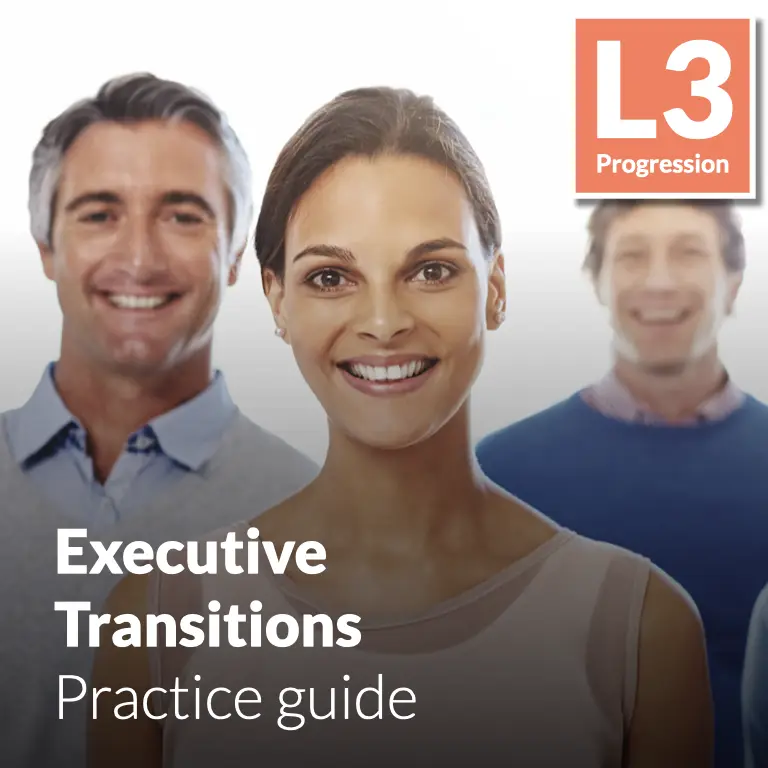Enjoy instant access to a scalable system of proven practices and execution-ready tools. Built to launch strategic HR programs 5X faster!
✓ Enjoy platform access
✓ Create your HR roadmap
✓ View open content in library
✓ Access dozens of practices:
⤷ The HR Strategy program
⤷ Explainers and deep dives
⤷ Supplemental guides
⤷ Insight articles
⤷ Weekly best practices
⤷ And more!
100% Free. No credit card required.
While succession planning shouldn’t be the first thing on a new executive’s to-do list, it is important that the executive understands the significance of their participation in the process. The average tenure for an executive in role is only 4.2 years, and the planning process for who will replace an executive, especially if it’s a senior role, can start years in advance. For these reasons, it’s not absurd for an executive to start contemplating these things only a couple of years into their role.
There may already be a process in place that the company manages, and it’s possible that there is already a high-level plan in place for the executive’s role itself. In either case, it is likely that the executive themselves will play a key role in providing input on the required skills and qualifications, as well as selecting or validating which candidates might be a good fit for the role. This helps an executive strategically consider what would make a good successor candidate, who might be potential options, and what steps would need to be taken to make the successor prepared for the role.

Enjoy instant access to a scalable system of proven practices and execution-ready tools. Built to launch strategic HR programs 5X faster!